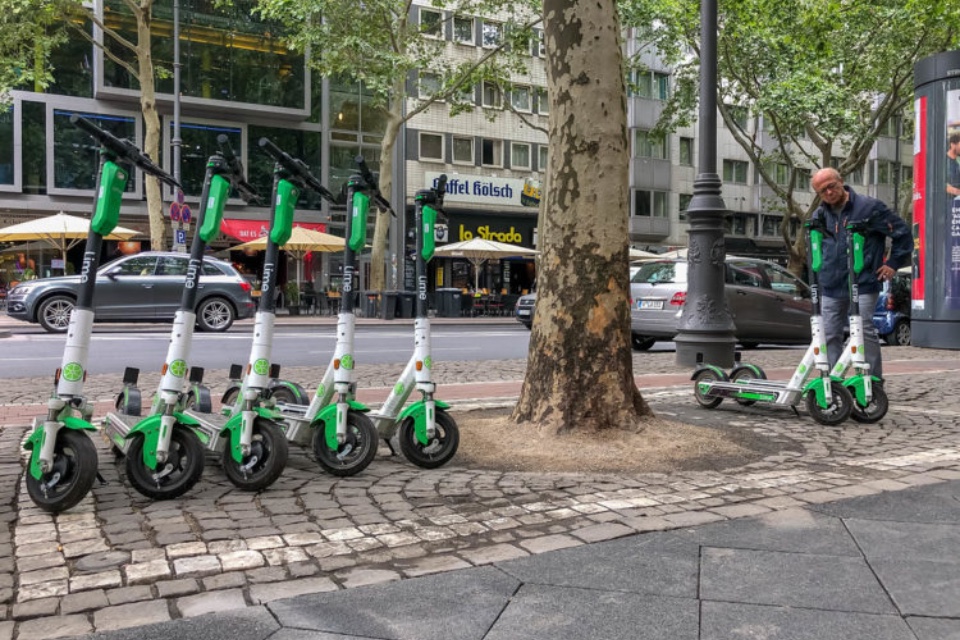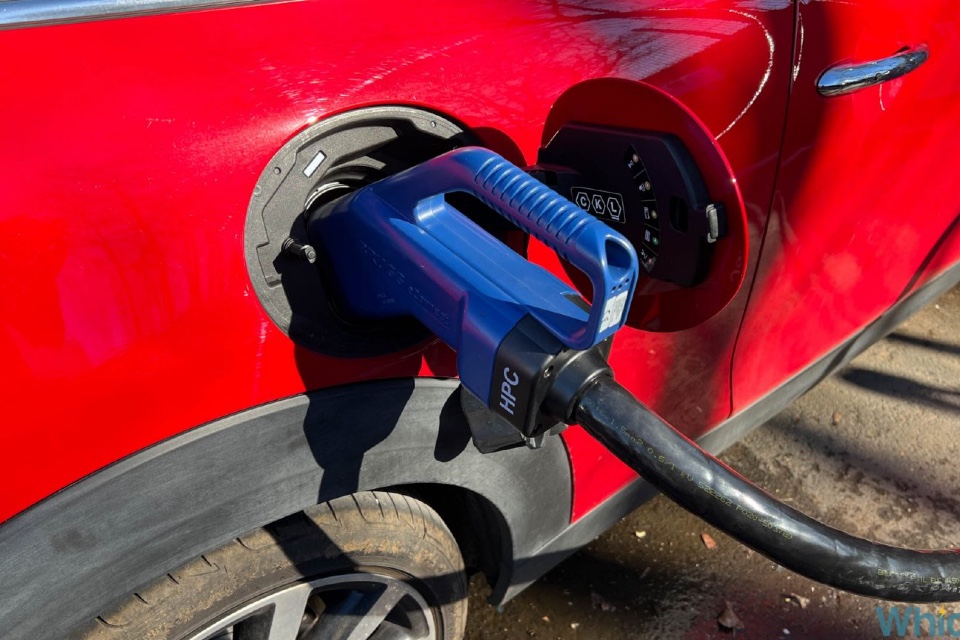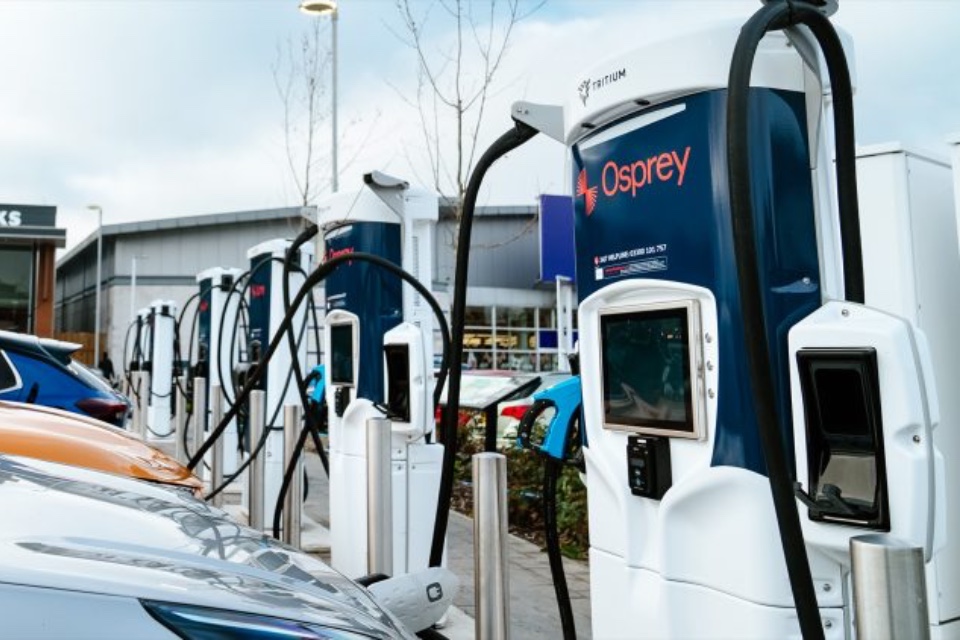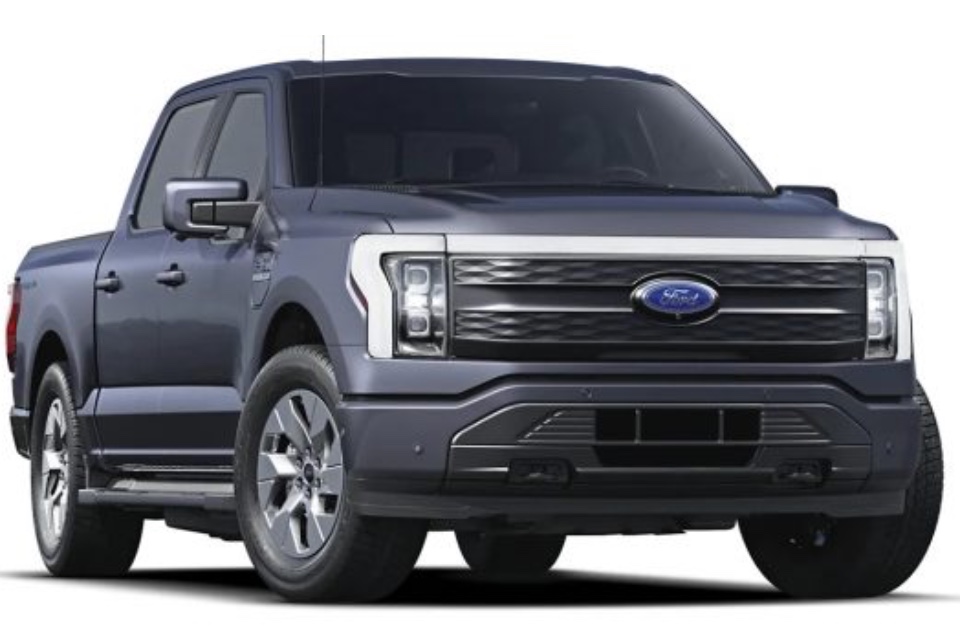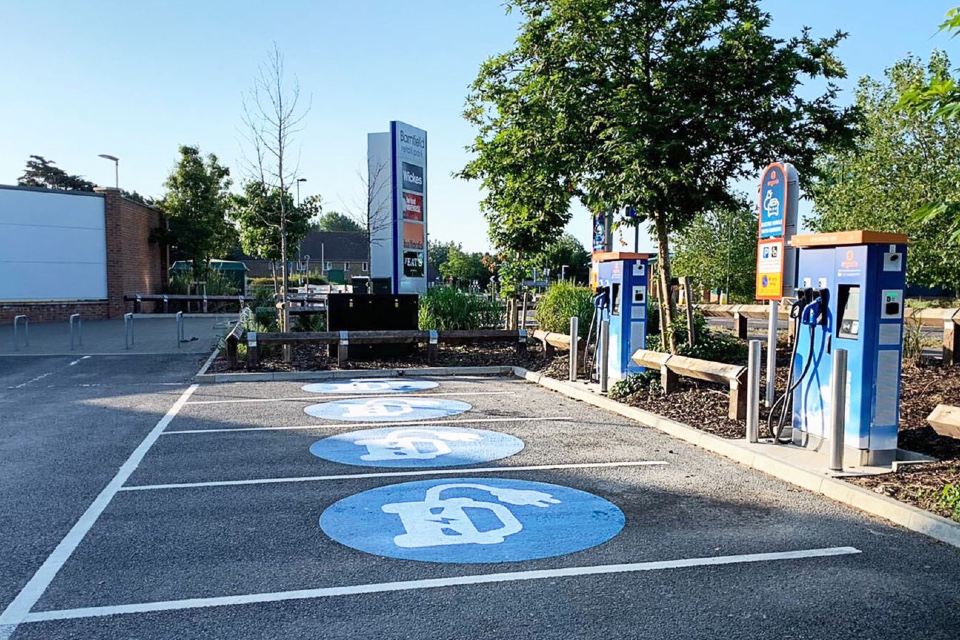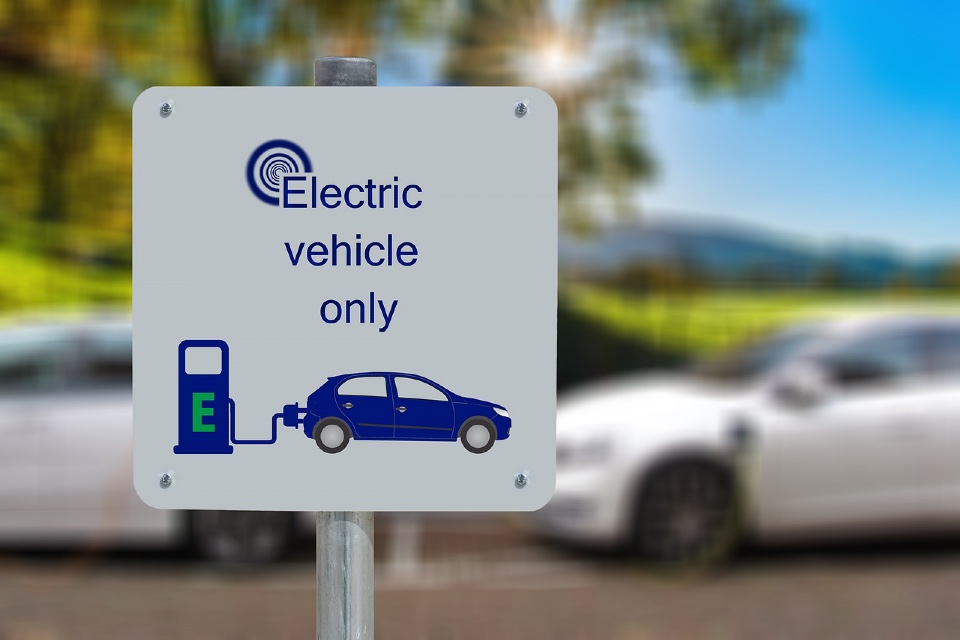LEVC has now sold 7,000 TX ‘electrictaxis’ globally
https://fleetservicessummit.co.uk/wp-content/uploads/2022/05/LEVC-vcsPRAsset_3689076_331725_b2313520-51fa-4e03-b6ea-0ee328230af9_0.jpg 960 640 Stuart O'Brien Stuart O'Brien https://secure.gravatar.com/avatar/81af0597d5c9bfe2231f1397b411745a?s=96&d=mm&r=gLEVC (London Electric Vehicle Company) has marked a major milestone of 7,000 global sales of its TX ‘electrictaxi’, and has given Londoners the chance to hail a ride for free.
From Thursday 19th May until Thursday 26th May, there will be three unique ‘celebration cabs’ roaming around central London. Each will be kitted out with a unique exterior, as well as a special surprise inside for passengers to enjoy, celebrating not only 7,000 global TX sales but also the upcoming Jubilee.
Over the next seven days, anyone who hails one of the three distinctive taxis will be able to travel from their pick-up point to any destination within the North and South Circular, with the fare being picked up by LEVC.
Since launching in 2018, the TX has provided sustainable transport to both owners and passengers in more than 20 countries. Over the last four years, LEVC claims its electric TX taxi has travelled more than 418 million miles globally and prevented 127,000 tonnes of CO2 being emitted into the atmosphere.
LEVC’s TX has flexible space for up to six passengers, the vehicle includes an integrated wheelchair ramp, enabling it to accommodate a forward-facing wheelchair – the only taxi of its kind to do so. The TX’s eCity technology provides a pure EV range of more than 64 miles and a total range-extended capacity of 318 miles.
Joerg Hofmann, CEO of LEVC, said: “LEVC is proud to have sold 7,000 electric TX taxis across the globe. The iconic black cab can now be seen from Paris to Madrid and Cairo to Tokyo; it truly is a vehicle for everyone, everywhere.
“As the iconic “black cab” is an integral part of the London landscape, we wanted to mark 7,000 global sales of our TX in the capital. As the British population will also be celebrating Queen Elizabeth II’s reign of 70 years, we felt it was appropriate to bring a classic British street party theme to our three celebration cabs.
“The black cab has been a familiar sight on city streets for more than a hundred years and today’s TX has never been more fit for purpose. Offering unrivalled accessibility, capable of zero emissions and eliminating range anxiety, the TX is the ideal choice for both cab-drivers and passengers in any city.”


